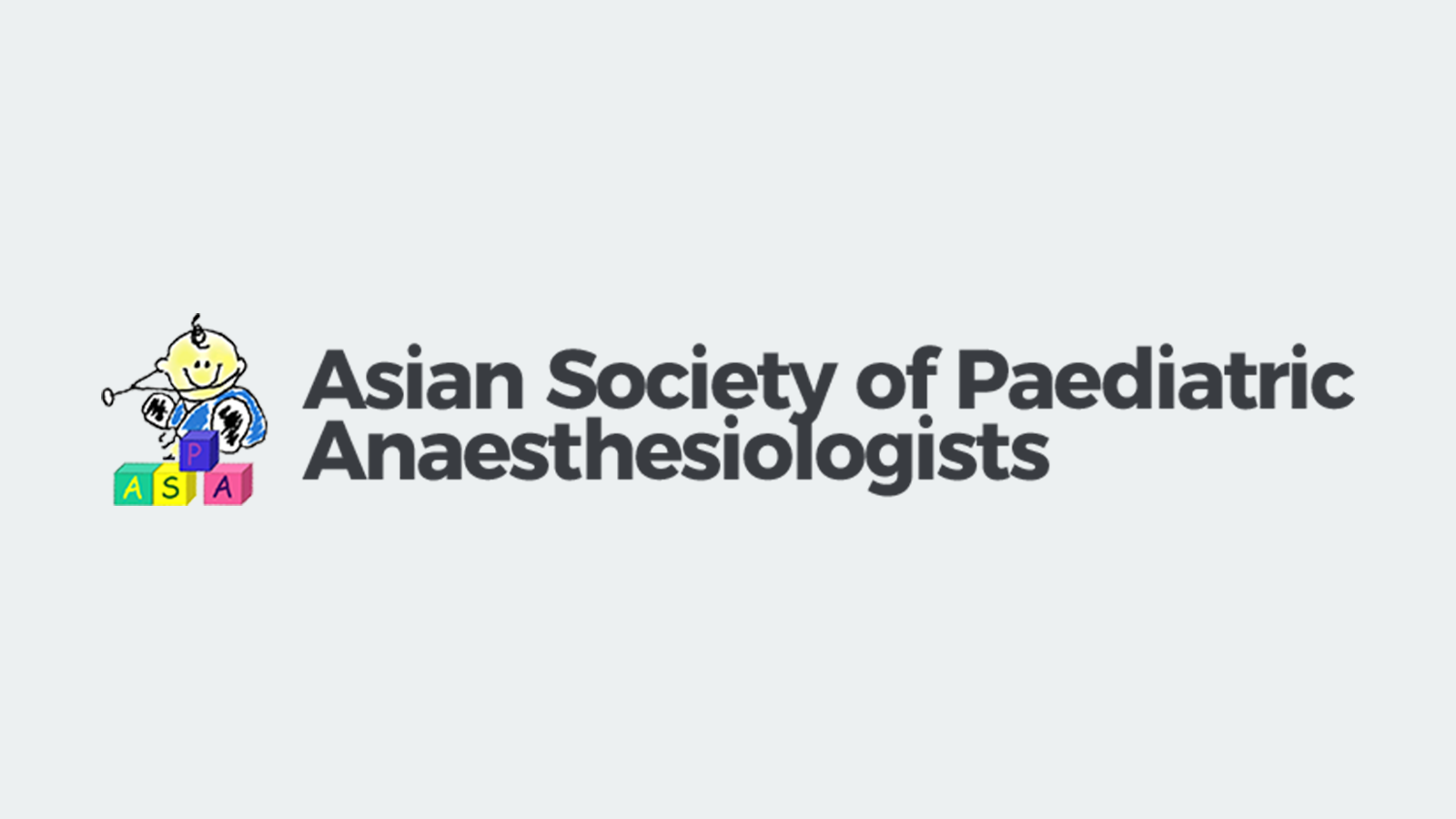Report of Asian Society of Paediatric Anaesthesiologists 2009 Meeting in Ho Chi Minh City, Vietnam
The Asian Society of Paediatric Anaesthesiologists (ASPA) held their scientific meeting at the main hall of Children’s Hospital 1 in Ho Chi Minh City, Vietnam, on March 26–27, 2009.
Drs. Tang Chi Thuong and Phuoc Nguyen Tan from the Children’s Hospital 1 in Ho Chi Minh City organized this “epoch-making” meeting in Vietnam. Because this was the first international meeting on pediatric anesthesia in Vietnam, they had to overcome many difficulties and challenges. Because there was no financial support available from the organizing committee, the meeting had to rely on the “good-will service” of the invited speakers, who were asked to come to Vietnam at their own expense.They were given just the “local welcome” of free registration to the meeting and an invitation to the congress buffet dinner, which was necessary to keep the registration fee low to facilitate the attendance of local and regional practitioners with very limited financial resources. To assist the local audience, slides in English were translated into Vietnamese for simultaneous projection. Dr. Phuoc Nguyen Tan performed the translation of 20 Powerpoint presentations from different speakers.
Initially, the meeting was to be held at the auditorium in the city center. However, just 14 days before the meeting, the local organizers were told that the auditorium was needed for a meeting of the loca lauthorities. The organizing committee was able to secure a new venue, the main hall of the Children’s Hospital. However, it had to be renovated, a new audiovisual system had to be installed, the air-conditioning system needed to be repaired, and the walls repainted just days before the meeting began. Fortunately, these local pediatric anesthesiologists were well trained to deal with these “acute (unexpected) changes!”
Another challenge was presented when the keynote speaker who was scheduled to introduce the meeting with a plenary lecture on “Anaesthesia for fetal and EXIT surgery” notified the organizing committee tha the unexpectedly could not attend. He kindly provided his slides and text with a sincere apology to the organizing committee. Those slides were sent to Dr. Manoj Karmakar of the Department of Anaesthesia and Intensive Care at the Chinese University of Hong Kong who was originally scheduled to chair the plenary lecture. Dr. Karmakar had to prepare the lecture on the topic based on his own personal experience supplemented by the slides provided by the original speaker on extremely short notice. His lecture at the meeting was very dynamic and no one in the audience was able to sleep during the presentation.
The registration desk and industry exhibition were located on the ground floor level. After registering for the meeting, participants followed the “ASPA VII footsteps” on the corridors to the main hall, which was located on the third floor in the adjacent building. In front of the hall, cheerful women in elegant traditional Vietnamese costumes greeted the registrants. The freshly painted meeting room was cool considering the temperature outside was around 35°C. A bust of Ho Chi Minh was positioned next to the main screen. There were more than 200 Vietnamese participants, as well as delegates from Bhutan, China, Germany, Hong Kong, India, Indonesia, Japan, Korea, Malaysia, Philippines, Thailand, Turkey, United Kingdom, and the United States at the meeting.
Six local Vietnamese doctors gave lectures: Dr. Cam Thi Ngoc Phuong (neonatologist) on “Effectiveness of permissive hypercapnia in mechanical ventilation in newborns,” Dr. Ung Nguyen Quangon “One-lung anaesthesia in minimal invasive in National Children’s Hospital in Vietnam,” Dr. Cuong Nguyen Ngoc on “Cardiac anaesthesia in Children’s Hospital 1,” Dr. Quy Nguyen Thi on “Early and late results for surgical correction of total anomalous venous return in neonates and infants,” Dr. Tam Pham Thi Minh on “Anaesthesia for liver transplantation in Children’s Hospital 2,” and Dr. Hien Nguyen Thi on “Pediatric anaesthesia in austere conditions.”
Dr. Gregory Hammer from Stanford University (United States) gave the second plenary lecture entitled “Anesthesia for the child with congenital heart disease having non-cardiac surgery.” Dr. Sandeep Diwan from India won the prize in the free paper session for his presentation entitled “Ultrasound guided paravertebral block in neonates.”The German companies Draeger and Storz sponsored workshops on anesthesia machines and airway devices to facilitate tracheal intubation. Dr. Josef Holzki from Germany lectured on “What is the essence of neonatal & infant mechanical ventilation?”
The meeting was reported in the local newspaper in an article entitled “Hospitals cut infant death rates” (Viet Nam News, March 27, 2009). Participants had an opportunity to tour the hospital. An interesting observation included a mother squeezing a selfinflating bag for her orally intubated baby while the infant was waiting to be transferred to the ICU and many other examples of family members actively participating in the care of their ill child. The children’s hospital has 1200 beds, fewer than the actual number of inpatients, explaining why small babies often shared one bed.
At the end of the meeting, Dr. Wanna Somboonviboon, Thailand, handed over the presidency to the new incoming President of the ASPA, Dr. Manoj Karmakar of Hong Kong. Dr. Ruenreong Leelanukrom of Thailand was appointed to be the President-elect. The ASPA will have a joint meeting with the Society for Paediatric Anaesthesia in New Zealand and Australia in 2010, and future meetings are scheduled in the Philippines in 2011, China in 2012, and Indonesia in 2013. For further information on these upcoming meetings, please visit the ASPA website: http://www.aspa2000.com/index.html.
Masao Yamashita, M.D.
Department of Anesthesiology
Komatsu Orthopedic Clinic, Hitachinaka
Ibaraki-ken, Japan
myamashita@med.email.ne.jp

